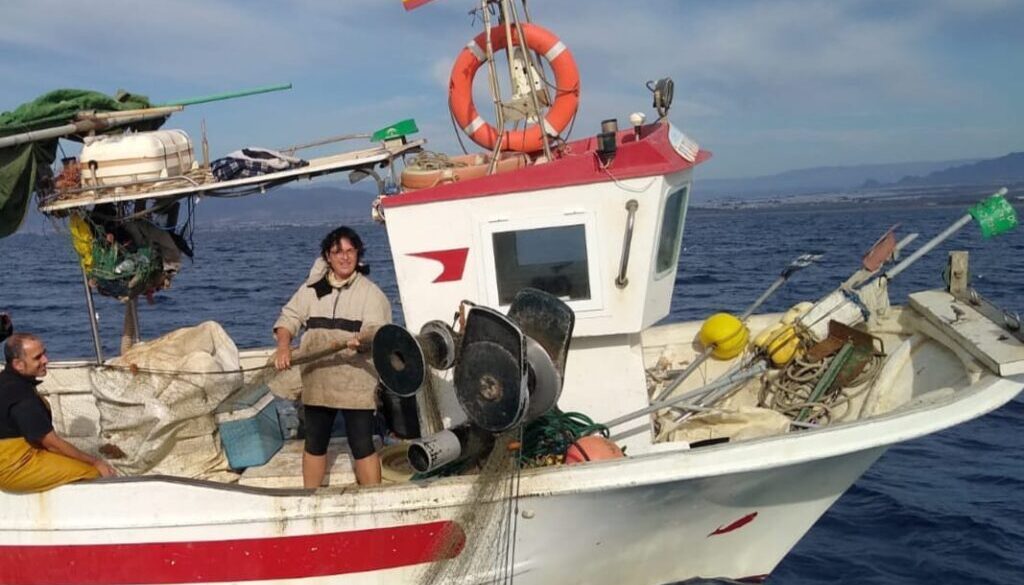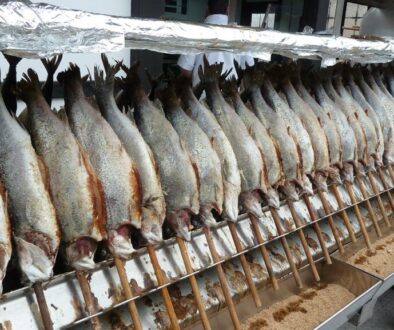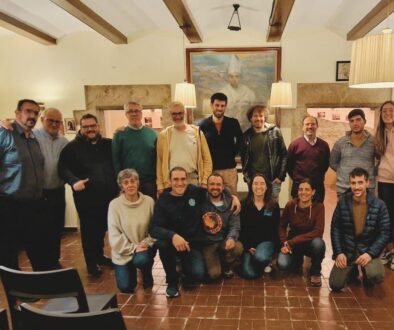Members of the Low Impact Fishers of Europe (LIFE Platform) aspire to fish in a low impact manner, to minimise their impact on the environment whilst maximising their socio-economic contributions to their communities. This approach is based on a sound environmental and economic logic: using the right gear, in the right place at the right time, small-scale low impact fishers can take a seasonally diverse catch, within the capacity of fish stocks to grow and reproduce, whilst securing a fair price for their fish.
As price makers, they are able to benefit from the value they add to their catch: providing a daily catch of high quality fresh fish, in season, locally caught, using traditional methods, and maintaining a rich cultural heritage. All this is surely worth investing in, by paying a fair price directly to the fishers?
The logic of small-scale low impact, low volume fishing contrasts markedly with more intense, high impact high volume fishing. The latter make their money on volume rather than on value. They depend on catching several tonnes of fish per day, and selling to mass markets, where they can afford to be price takers. The high volumes of fish caught by this sector have a depressing effect on market prices, and if not properly managed, a depressing effect on fish stocks.
Most European consumers chose the high volume, low value option, purchasing their fish in supermarkets, preferring frozen to fresh fish, imports (70%) to locally caught fish (30%), and 5 main species – tuna, salmon, cod, Alaska pollack, and prawns above all others, relying on energy intensive, wasteful, just in time supply chains.
Two weeks ago, the perverse nature of intense high-volume fishing came to light in the form of a bumper catch made by the fishing vessel fishing vessel War Raog IV. Registered in France, the vessel is in fact owned by the Dutch multinational company Cornelis Vrolijk, a member of the Pelagic Freezer Trawler Association (PFA), the owners of some the largest, most powerful, most efficient high volume fishing vessels in the world. The economic costs of maintaining such vessels forces them to keep fishing, with an economic logic based on making a killing – earning annual profits of millons of Euros.
The War Roag IV is a 17-metre purse seiner, with a hold capacity of around 30 tonnes. On Tuesday 21 February, the vessel surrounded a spawning aggregation of meagre (Argyrosomus Regius) comprising between 120 and 150 tonnes, killing the lot.
Surely there is no place for such outmoded, inappropriate, unmanaged fishing practices in the 21st century?



